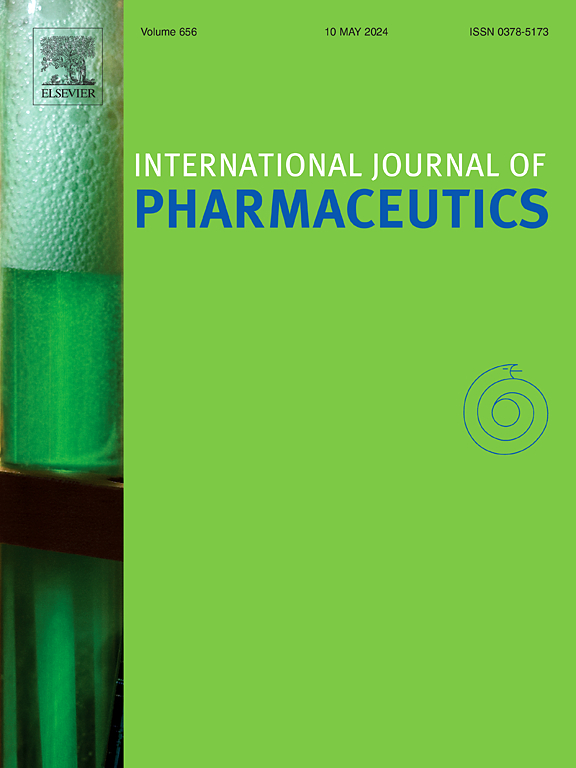Overview on LNP-mRNA encapsulation unit operation: Mixing technologies, scalability, and influence of formulation & process parameters on physico-chemical characteristics
IF 5.3
2区 医学
Q1 PHARMACOLOGY & PHARMACY
引用次数: 0
Abstract
Nanoparticles carrying active drug substances have been used since the 70′s and have undergone numerous improvements since then. Nowadays, the latest generation of nanoparticles, called lipid nanoparticles (LNPs), is used for different applications such as vaccines and cancer treatments and offer a versatile approach to delivering genetic materials like RNA. LNPs are non-viral delivery vehicles obtained by the self-assembly of lipids during the rapid mixing of an aqueous phase containing mRNA with an organic phase containing lipids. During this process, mRNA is encapsulated within the LNP due to electrostatic interaction with an ionizable lipid. Different methods to produce LNPs are described in the literature and, as of now, continuous methods are mostly used to produce LNP-encapsulated mRNA (LNP-mRNA). T-shaped mixers are commonly used to produce mRNA-LNPs. This technology can operate at two different scales: microfluidic chips which can range from tens to hundreds of microns in size, and millimetric tubing for production scale up. This review intends to describe LNP-mRNA characteristics and their production modes with a special focus on the challenges related to the mixing quality, especially during scale-up.

求助全文
约1分钟内获得全文
求助全文
来源期刊
CiteScore
10.70
自引率
8.60%
发文量
951
审稿时长
72 days
期刊介绍:
The International Journal of Pharmaceutics is the third most cited journal in the "Pharmacy & Pharmacology" category out of 366 journals, being the true home for pharmaceutical scientists concerned with the physical, chemical and biological properties of devices and delivery systems for drugs, vaccines and biologicals, including their design, manufacture and evaluation. This includes evaluation of the properties of drugs, excipients such as surfactants and polymers and novel materials. The journal has special sections on pharmaceutical nanotechnology and personalized medicines, and publishes research papers, reviews, commentaries and letters to the editor as well as special issues.

 求助内容:
求助内容: 应助结果提醒方式:
应助结果提醒方式:


